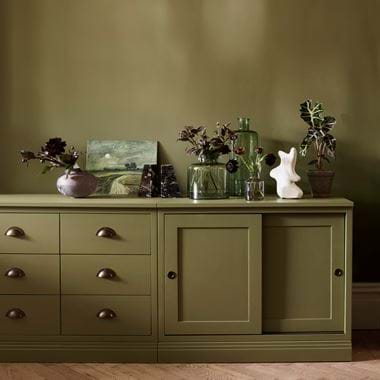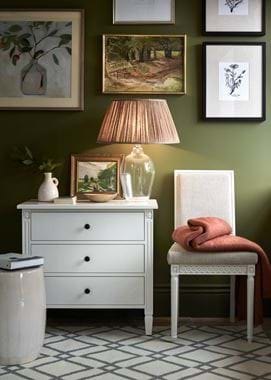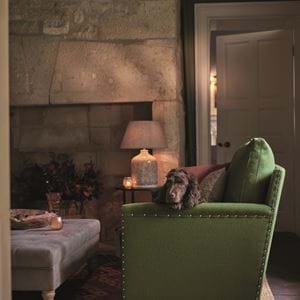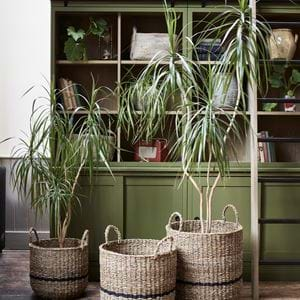Green: a social history
Green: a social history
In 2019 visitors to the Chelsea Flower Show saw, alongside polished displays of sculptural grasses and violet hued floral tunnels, a garden inspired by a woodland idyll. A wooden walkway curved through greenery punctuated by a den, campfire and rope swing. Created by the Duchess of Cambridge and looking for all the world as if it might have been conjured from a Winnie the Pooh illustration, it actually owed its existence to the Japanese practice of ‘shinrin-yoku’.
Forest bathing, or the meditative exposure to verdant woodland spaces, has actually been part of Japan’s national health programme since 1982. Between 2004 and 2014, some $4 million was spent in looking at the effects of spending time in lush green spaces and the results have been convincing enough to persuade bodies in other countries, including the United Kingdom, of the potential benefits. A 2018 study by King’s College in London, for example, indicated that ‘shinrin-yoku’ could reduce blood pressure, lower cortisol levels and improve concentration. Social prescriptions for woodland walks are being considered.
The idea that greens, particularly leafy, naturalistic ones, might be healthful and reviving feels eminently sensible. In the wild, all this verdure owes its colour to chlorophyll, a light-sensitive pigment found in plants that helps them harness the sun’s energy during photosynthesis. This process is essential to life on earth as we know it.
Culturally, humans seem to have long been aware of the debt we all owe to green. Today, if doctors, parents and lifestyle Instagrammers are to be believed, eating one’s greens is key to a long, happy and virtuously glowing life. But this colour has been symbolic of growth, renewal, abundance and even fecundity for centuries. The Ancient Egyptians’ hieroglyph for the colour green was a papyrus stalk, a heart-felt compliment given how important this plant was to their society. In Islam, the idea of paradise is encapsulated by the setting of a beautiful garden, described by the Qur’an as ‘gardens of pleasure’. In Medieval Europe, May Day festivities required the wearing of green from toe to crown in celebration of the arrival of spring. Illustrations of such events, coupled with the abundance of pubs called ‘The Green Man’ and carvings of faces surrounded by oak leaves, led to the conviction for much of the 20th century that widespread pagan worship persisted alongside Christianity between the 11th and 16th centuries. Although this has been largely debunked in scholarly circles, it’s a misconception that hasn’t faded. People, it seems, want to believe in the power of green.
This is not to deny this hue has a dark side. Alongside all its positive attributes, it’s been associated with jealousy, greed and envy: eminently unpleasant emotions. It was also traditionally linked with poison. This nasty accusation is not entirely unfair. One of the most popular pigments of the 19th century was Scheele’s Green. Discovered by a Swedish scientist in 1775, this emerald dye quickly became the most fashionable of colours. It was only after a century or so of use in everything from dress fabrics to artificial flowers that it was found to be fatally rich in arsenic.
Green, however, is nothing if not resilient. By the 1970s, it had attached itself, naturally enough, to a growing concern for the environment – a niche where it has thrived ever since. Today, even if it didn’t come in so many delectable variants, it would still be very much in vogue: green parties, Greenpeace and even Green New Deals. We can surely all afford to take a leaf from the Duchess of Cambridge’s book and strive to be a little greener.
Kassia St Clair is the author of ‘The Secret Lives of Colour’, which was chosen as a Radio 4 ‘Book of the Week’. She is also a broadcaster and writes for The Economist and Architectural Digest, as well as ELLE Decoration where her column on colour has been running since 2013.








